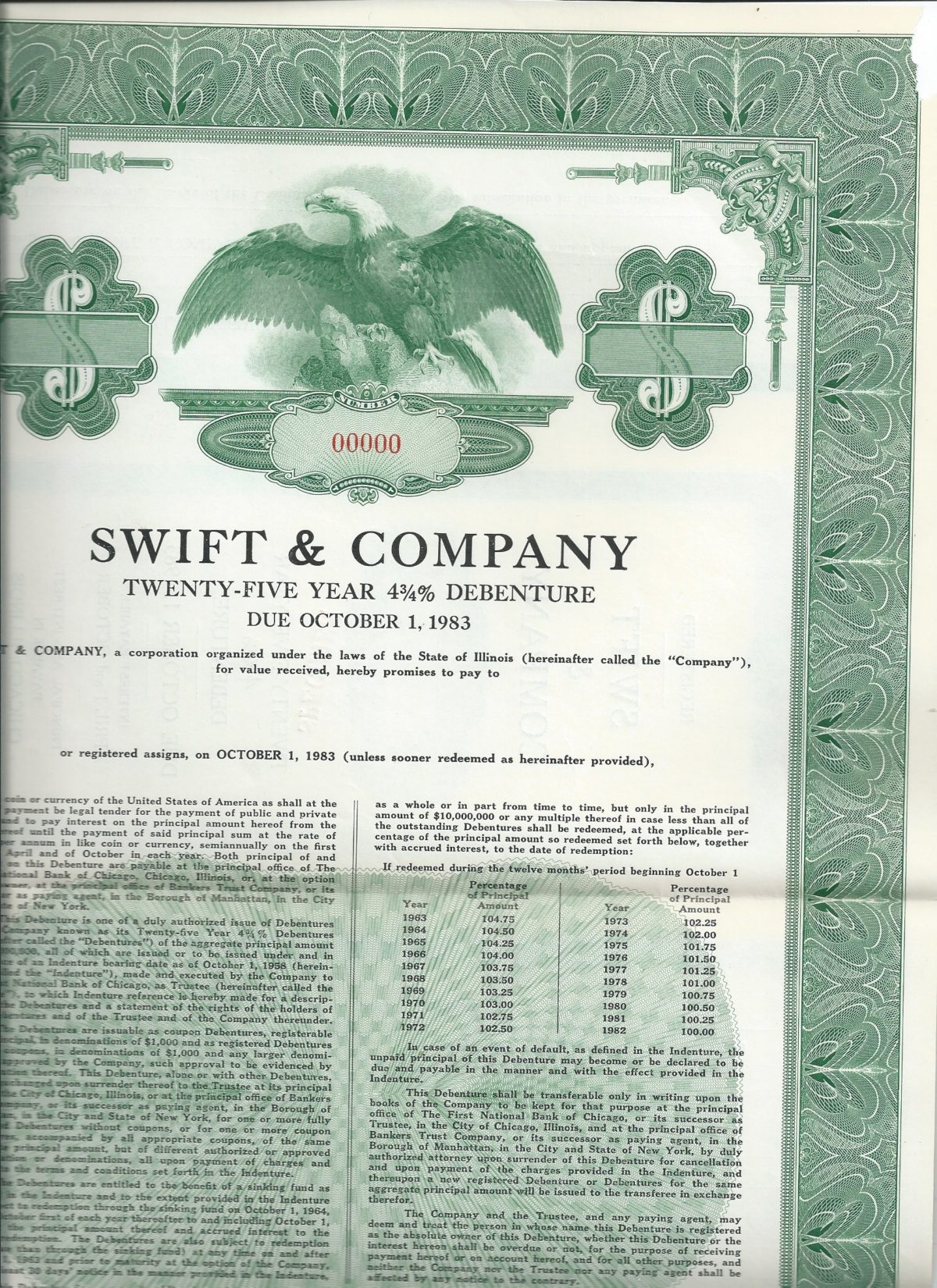by Fred Fuld III
Have you ever considered Minibonds™ for an income portfolio or your retirement plan? (Not muni bonds, mini bonds.) These are bonds that are traded just like stocks on the New York Stock Exchange, American Stock Exchange, or NASDAQ for around $25 per share.
They are almost like preferred stocks except that they pay interest instead of dividends and they generally have a specific maturity date. In addition, they usually pay interest quarterly instead of semi-annually. Sometimes they are referred to as PINES (Public Income Notes) or QUIBS (Quarterly Interest Bonds) or QUICS (Quarterly Income Capital Securities) or QUIDS (Quarterly Income Debt Securities). There are even a few that are issued as Perpetual Debt, which means that there is no maturity date.
The advantages of Minibonds to the corporate issuers are that the interest is deductible to the corporation (unlike dividends which are not deductible).
The advantages to the investor are as follows:
- The bonds are ‘safer’ than preferred stocks (in other words, if the corporation goes out of business, the bonds are generally paid off first before the preferred or common stock).
- The Minibonds (with the exception of the perpetual debt bonds) have some limited protection against inflation versus preferred stocks in that if interest rates go up, their value will drop, yet the par value (usually $25) will be still paid back at maturity. Whereas, preferred stocks have no maturity.
- The small denomination is a benefit, especially when looking at an annual IRA investment.
- A fourth benefit is that since they are traded like stocks, there is more liquidity than buying or selling a $5,000 bond. However, these are still very illiquid investments. Most have a very low daily volume.
Here are a few worth reviewing in no particular order. Keep in mind that the stock ticker symbol shown may differ depending on which financial website you are looking and and which brokerage firm you are using. When you enter a quote on these with your broker and it doesn’t look right, you may need to call them to make sure you are using the correct symbol. For example, I found three different symbols for the Ford note, depending on the web site and broker.
Ford Motor Company 6.20% Notes due 6/1/2059 (F-B) (F-PB) (FpB)
Duke Energy Corp., 5.625% Junior Subordinated Debentures due 9/15/2078 (DUKH)
Chicken Soup for the Soul Entertainment, Inc. 9.50% Notes Due 07/31/2025 (CSSEN)
Bank of America Corp, 6.45% Income Capital Obligation Notes ICONS due 12/15/2066 (MER-K) (MER-PK)
AT&T Inc., 5.625% Global Notes due 8/1/2067 (TBC)
Pitney Bowes, Inc., 6.70% Notes due 3/7/2043 (PBI-B) (PBI-PB)
QVC Inc., 6.375% Senior Secured Notes due 9/13/2067 (QVCD)
Just remember, even though these muni bonds are exchange traded, they are not anywhere as liquid as the stocks of the companies that issued them.
Happy investing!
Disclosure; Author didn’t own any of the above at the time the article was written.

